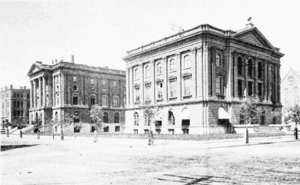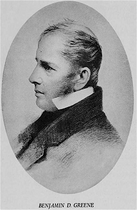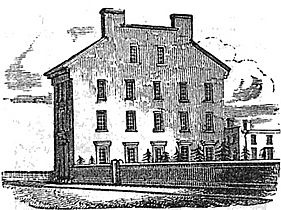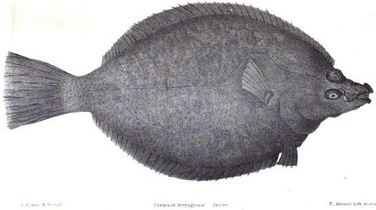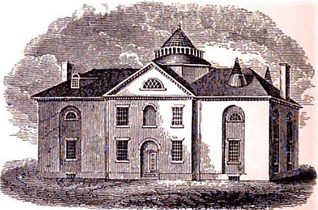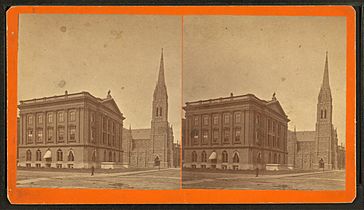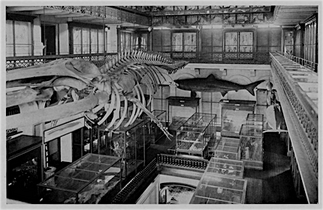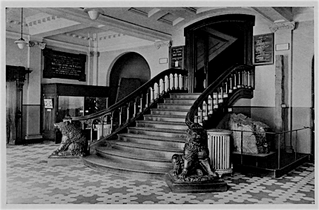Boston Society of Natural History facts for kids
The Boston Society of Natural History was a special group in Boston, Massachusetts, that loved learning about nature. It started way back in 1830 and lasted until 1948. This society helped people learn about animals, plants, rocks, and everything else in the natural world. They even had their own science magazine and opened a museum!
For many years, the society moved around different places in Boston. But in 1864, they got a brand new museum building on Berkeley Street. It was designed by an architect named William G. Preston. Later, in 1951, the society changed its name and became the famous Museum of Science that we know today. It moved to its current home by the Charles River.
Contents
How the Society Began and Grew

The Boston Society of Natural History was started in 1830 by a group of people who were very interested in nature. Some of the founders included Amos Binney, George B. Emerson, and Benjamin D. Greene. Many of them had also been part of another science group called the Linnaean Society of New England.
By 1838, the society was holding regular meetings twice a month. They had a growing collection of natural items. Imagine, they had about 700 rock and earth samples, 5,000 plant samples, and even 200 different kinds of birds! They also had a huge collection of about 15,000 insects. Their museum room was open to the public every Wednesday, so people could come and learn.
In 1864, a kind surgeon named William Johnson Walker, who also supported the society, gave money to create the Walker Prize. This award was given to people who did great work in natural history. Later, in the 1960s, the prize started to include all areas of science. One of the early winners was a zoologist named William Patten.
Many smart scientists and experts worked with the society over the years. Some well-known names included Alexander Emanuel Agassiz and Samuel Hubbard Scudder.
Becoming the Museum of Science
After World War II, the society decided to make a big change. Under the leadership of Bradford Washburn, they sold their old building on Berkeley Street. They then changed their name to the Boston Museum of Science.
In 1949, they started building the new Museum of Science at a place called Science Park. A temporary building was set up first to hold all the museum's collections. Then, in 1951, the first part of the new Museum of Science officially opened its doors to the public. This was a huge step for science education in Boston!
Museum Locations Over Time
Early Homes (1830–1833)
-
The Boston Athenaeum building on Pearl Street, where the society met in its early years
Moving Around (1833–1863)
The Berkeley Street Museum (1864–1946)
More to Explore
- Boston Journal of Natural History, the science magazine published by the society
- Museum of Science (Boston), what the society became



